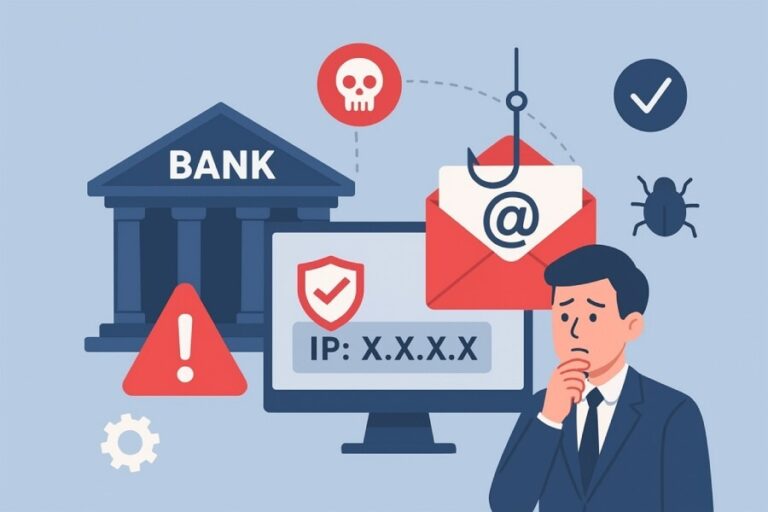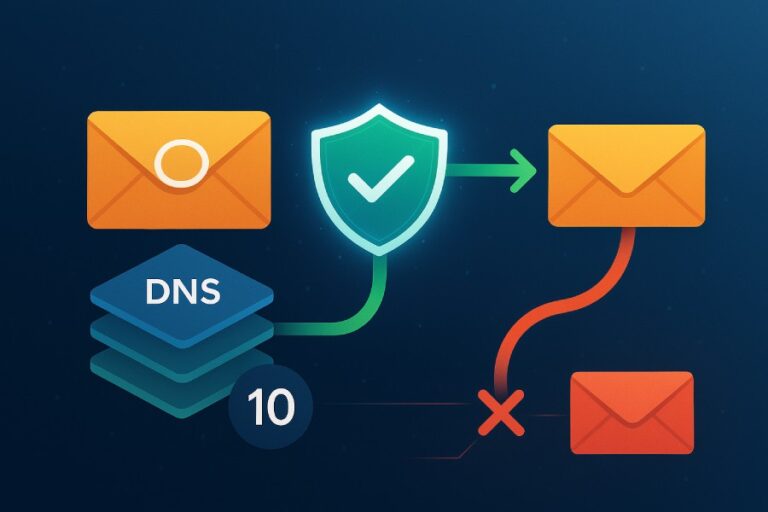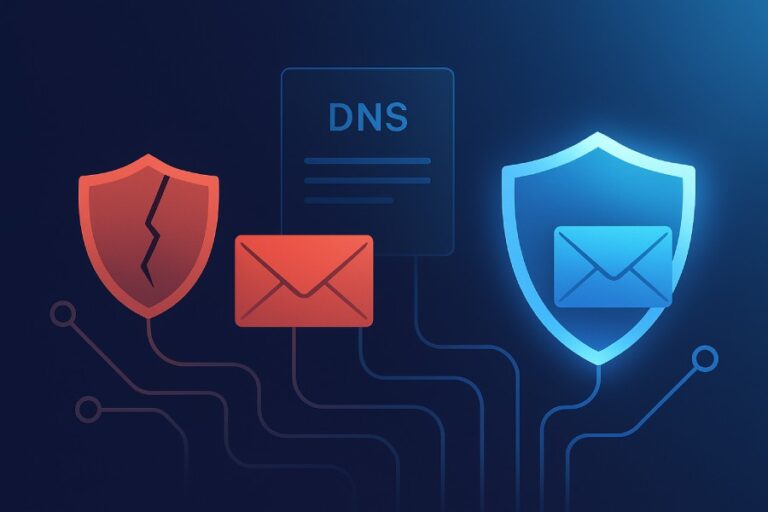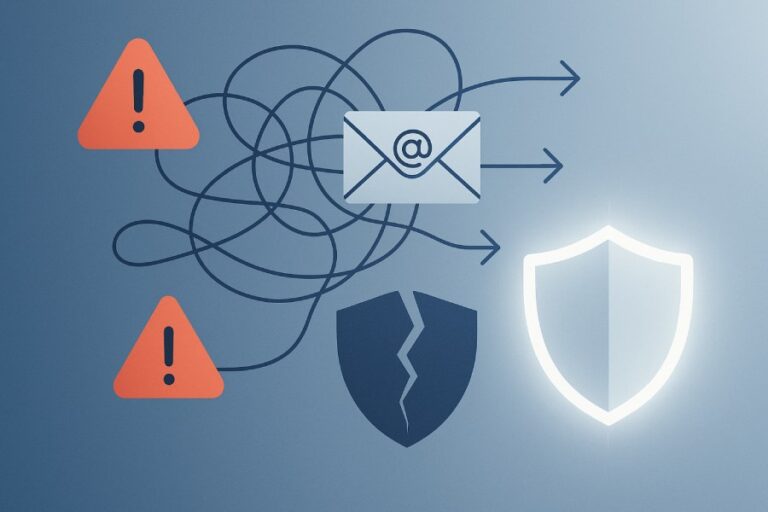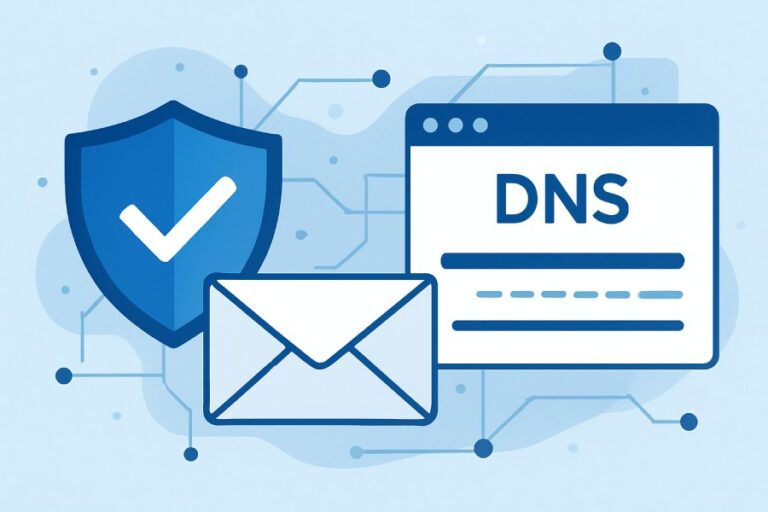Resolving common errors in an SPF record
An SPF record can do more harm than good if it’s misconfigured. By misconfiguration, we mean missing entries, incorrect use of syntax, typos, and whatnot. SPF is a sensitive protocol, and that’s why even a minor mistake disrupts the email authentication process, deliverability, and email security flow. So, as a domain owner, you have to…


